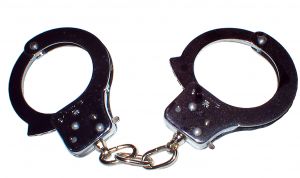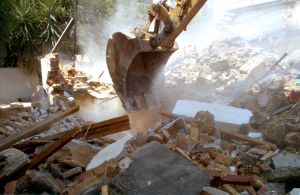Our Boston mesothelioma lawyers were disappointed to hear about the conviction of a doctor in West Virginia and two attorneys from Pennsylvania on charges of falsifying information in asbestos lawsuits – of which they had filed thousands.
Defendant asbestos lawyers have, of course, seized on this case as evidence of some wider problem with asbestos-related claims.
However, the truth of the matter is that the overwhelming majority of mesothelioma claims are legitimate. It’s incredibly upsetting that the alleged irresponsible actions of a few individuals will reflect poorly on so many legitimate victims. Nor is it in any way an accurate reflection of the deep commitment we personally hold for obtaining justice and compensation for our clients who were legitimately wronged.
What this will mean moving forward is that claims of asbestos-related injury may endure a higher level of scrutiny.
This makes it even more critical for mesothelioma patients and their families to put their trust in a law firm with proven experience and dedication to an accurate and thorough pretrial investigation. We take the time to analyze every aspect of your case in advance of trial. We can anticipate the tactics and angles of the defense – because we’ve been there so many times. We work to make sure you’re well-prepared for depositions, as well as trial. We know what to expect, and we know how to win – the right way.
In this case, the jury found this kind of diligence did not take place, though the men convicted say the jury got it wrong.
According to The Associated Press, the law firm filed an estimated 14,000 asbestos cases against CSX Transportation, a Florida-based company, on behalf of supposed victims, whom this one doctor diagnosed.
It was the radiologist who first came under fire in 2005, when a judge in Texas heard reportedly questionable testimony from the doctor regarding a patient with a lung disease called silicosis. Then the next year, CSX Transportation filed a lawsuit against the doctor and the Pennsylvania lawyers, saying hundreds had been falsely diagnosed with asbestosis, their cases taken to trial. (This is a lung disease which, like mesothelioma, is caused by breathing in asbestos fibers. Asbestos tends to be more of a chronic condition, while mesothelioma is acute and quickly fatal.)
At trial, CSX argued that the radiologist had initially found hundreds of patients to be free of asbestosis. However, the doctor had later changed his diagnoses in those cases. While CSX couldn’t present each of those claims in court, it did highlight its case with 11 instances.
The Pennsylvania lawyers, however, countered that CSX was only able to show that 11 out cases out of 14,000 had no reasonable basis. Other witnesses testified on behalf of the attorneys and doctor, saying that even in those 11 cases, x-rays were consistent with asbestosis.
However, the jury still found the attorneys and doctor guilty of conspiring to fabricate claims and civil racketeering. They have been ordered to pay at least $430,000, though that fine could be tripled, due to the racketeering charge.
Continue reading
 Mesothelioma Lawyers Blog
Mesothelioma Lawyers Blog










